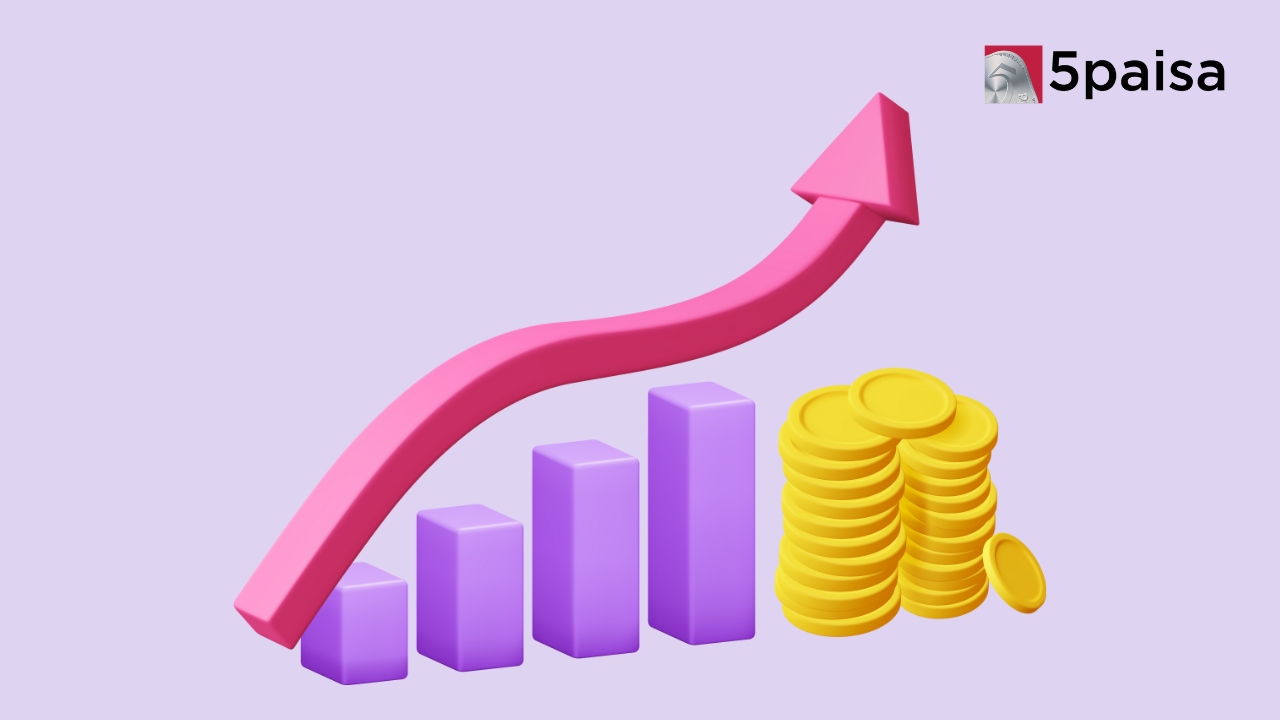Best Momentum Indicators

Last Updated: 13th July 2023 - 10:39 am
When the price of a security rises or falls, we all wonder where will the trend stop? If it stops, will it reverse too? And if it does reverse, how fast it will do so and for how long?
When we do this study using a technical analysis tool it becomes a momentum indicator, which is widely used in financial markets and is designed to gauge the velocity and strength of price movements.
A momentum indicator helps a trader of stock or other securities zero in on overbought or oversold conditions and the likelihood of a shift in trends.
For example, when the price of stock A is rising, we can use historical and other trends to put a model where we can try predicting until when this stock is likely to rise. Once it crosses that level, or becomes overbought, then the prices most likely correct. This is done using a momentum indicator.
A momentum indicator is one of several indicators available to traders, and it is important that it is complemented with other analytical tools to have a complete understanding of the trend outlook.
How to trade with momentum indicators?
Trading with momentum indicators means using the levels generated by these indicators to make trading decisions. This involves a series of steps given below:
Select the right indicator: There are various momentum indicators to choose from, such as the Relative Strength Index (RSI), Moving Average Convergence Divergence (MACD), or Stochastic Oscillator. Select an indicator that aligns with your trading goals and preferences.
Understanding the indicator: One should understand the importance of the indicator. For example, the indicators for reversal from a downward movement are usually to be taken with a pinch of salt.
Testing: All the indicators should be tested with live and historical data along with other technical charts for a long time before being used practically.
Performance analysis: Keep monitoring the performance of trades based on the momentum indicators and refine your process.
Momentum indicator concepts
1. Crossovers – This refers to the point at which two lines on a chart intersect or cross over each other. It typically refers to the crossing of two moving averages or lines that measure momentum. Crossovers are usually used to identify potential trend reversals, strength of a trend, or to generate trade signals.
2. Concept of divergence - Divergence refers to a disconnect between price movement and an indicator put alongside. It happens when the price of a security and a technical indicator diverge or move differently, showing a lack of confirmation.
Types of divergence
Bullish Divergence: If price of a security forms a lower low, but the accompanying indicator forms a higher low. This shows that the price decline is weakening, and there is a potential upcoming reversal.
Bearish Divergence: If price of a security forms a higher high, but the accompanying indicator forms a lower high. This shows that the price rise is weakening, and there is possible upcoming reversal to the downside.
Types of momentum indicators
Followings are some of the popular momentum indicators used by traders to gauge the time of likely reversal in the price of a security.
Relative Strength Index (RSI)
The Relative Strength Index, or RSI, measures the change in price of a security in recent past with directional movement a specific period in the past. The number derived is between 0 and 100 and indicates if the stock or any other security is overbought or oversold. An overbought zone signals chances of downside, while the oversold zone indicates possibility of an upside. The RSI can also give an indication of how much upside or downside is likely from the current level.
Moving Average Convergence Divergence (MACD)
The Moving Average Convergence Divergence, or MACD, as the name suggests shows relationship between two moving averages of a stock or any other security. Buy and sell levels are determined by the point by divergence and convergence of MACD line, which is derived by subtracting the longer-term moving average from the shorter-term moving average with signal line that is moving average of MCD line itself.
Stochastic Oscillator
This type Momentum Indicator compares the closing price of a security to its range over a period. Stochastic Oscillator generates values between 0 and 100 with overbought and oversold typically set at 80 and 20, respectively.
Rate of Change (ROC)
The ROC calculates the percentage change in an asset's price over a specified period. It compares the current price to the price n periods ago and expresses the change as a percentage. Positive ROC values indicate upward momentum, while negative values suggest downward momentum. Traders often look for zero-line crossings or divergences as potential trading signals.
Advantages of trading with momentum indicators
Momentum indicators have helped traders make money by helping them gauge the overbought and oversold zone. Here are some of the advantages of momentum indicators:
1. Can confirm if the movement in security prices is forming a trend.
2. Traders can check for strength and weakness in movements of securities.
2. Traders can take position based on likely reversal in trend.
3. Gives support and resistance level of a security.
Disadvantages of trading with momentum indicators
1. Since these indicators use historical data, they are susceptible to some new variable that may have crept in.
2. In the face of some fundamental factors, a security may not follow a momentum indicator.
Conclusion
Momentum indicators help traders find out overbought and oversold zones of stocks, giving them an idea of when a reversal in trend is likely. But momentum indicators should be complemented with other technical charts before taking an investment decision.
- Flat ₹20 Brokerage
- Next-gen Trading
- Advance Charting
- Actionable Ideas
Trending on 5paisa
Indian Stock Market Related Articles
Disclaimer: Investment in securities market are subject to market risks, read all the related documents carefully before investing. For detailed disclaimer please Click here.
 5paisa Research Team
5paisa Research Team
 Sachin Gupta
Sachin Gupta




